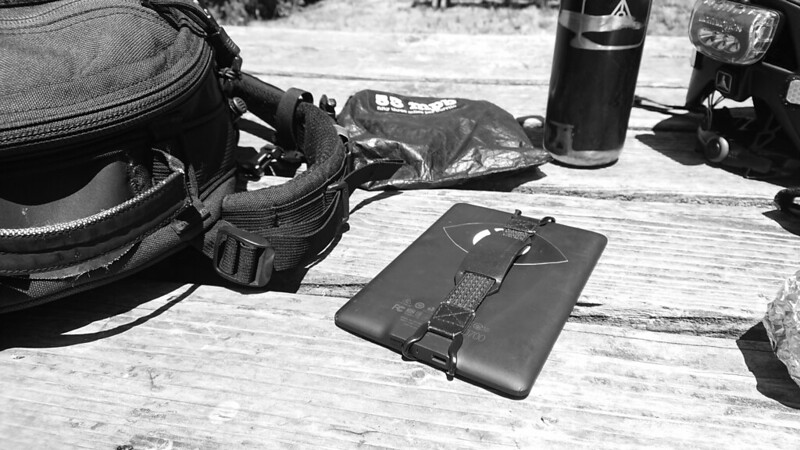I've found a hand strap to be a useful addition to my e-reader.
I bought the TFY Security Hand Strap for my Kindle Paperwhite 18 months ago. It makes holding the e-reader for long periods of time much more pleasant – especially when reading in bed and holding the device up above my head. No pinch grip required. It doesn’t add noticeable bulk or weight to the Kindle, and I can ignore it completely when I’m not using it. Originally I went looking for some kind of case with a cover that could be folded into a more ergonomic shape to hold, but when this strap appeared in my search results I realized it was a simpler solution to the problem. The strap could probably be made with a wire hanger and some elastic webbing.
